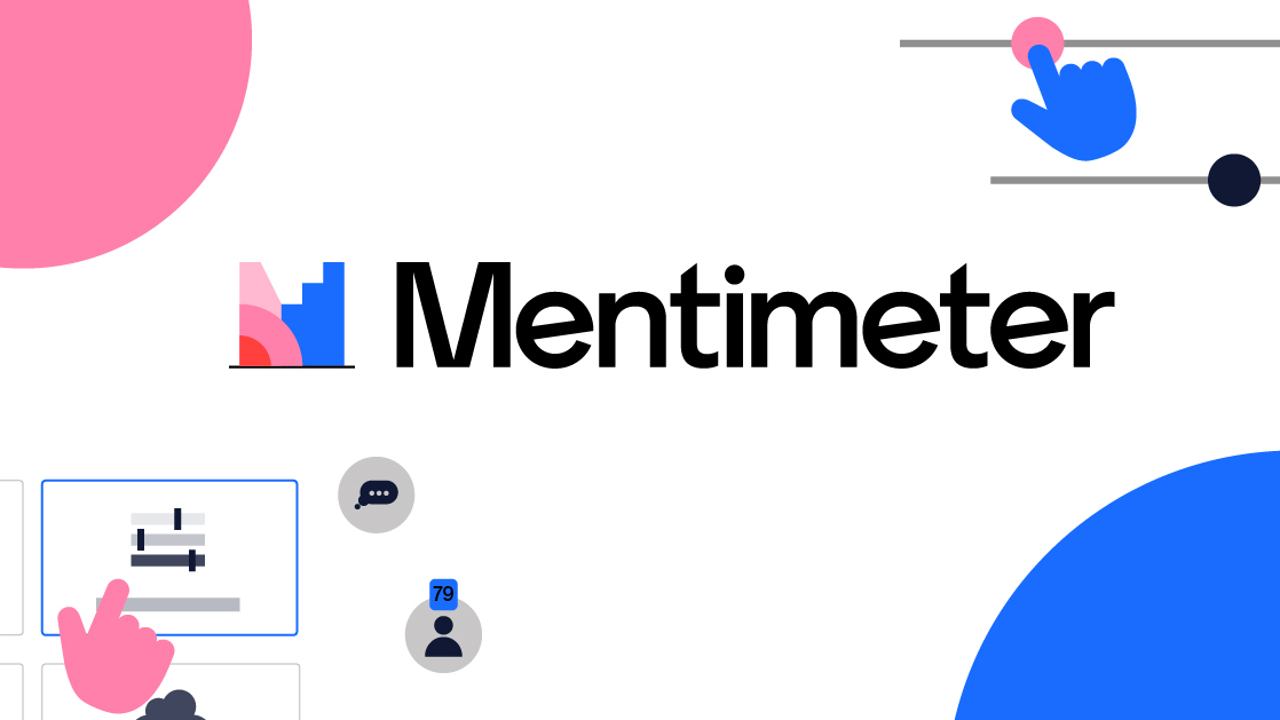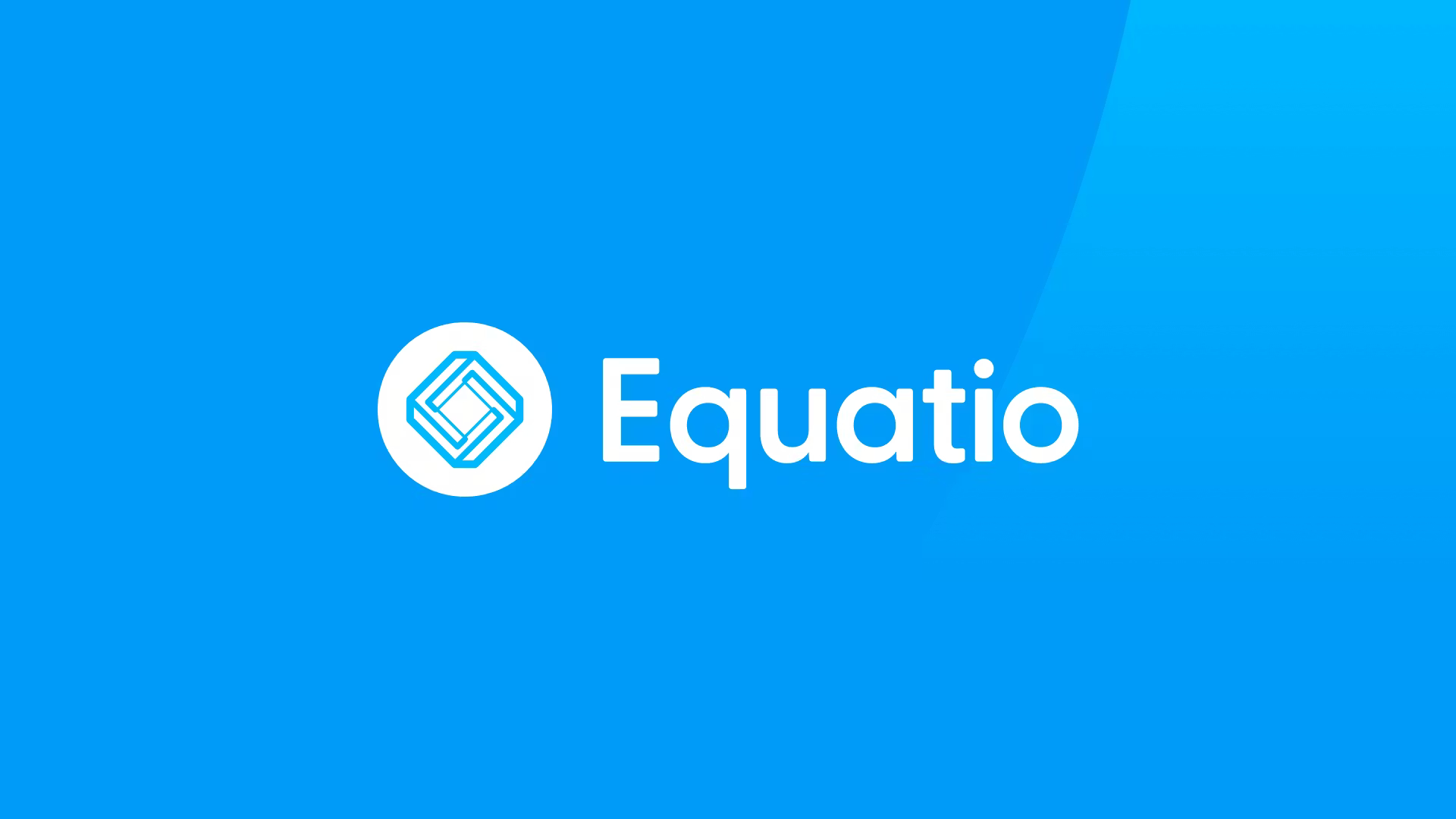Mentimeter Lesson Plan
This Mentimeter lesson plan is designed to help educators implement the digital tool into their instruction

Mentimeter is a dynamic online platform that can elevate any lesson presentation materials. In fact, Mentimeter combines some of the best features that we love when using Kahoot, Quizlet, and Slido, offering surveys, live polling, world clouds, quizzing, Q&A, and more!
For an overview of Mentimeter, check out What is Mentimeter and How Can It Be Used for Teaching? Tips and Tricks.
Here is a sample high school lesson plan focused on geometric word problems, which uses the Mentimeter platform as a robust and all-encompassing presentation tool that can be incorporated into any subject area and grade level.
Subject: Mathematics
Topic: Geometric Word Problems
Grade Band: High School
Learning Objectives:
Tools and ideas to transform education. Sign up below.
At the end of the lesson, students will be able to:
- Identify geometric shapes
- Solve geometric word problems
Mentimeter Lesson Plan Introduction
Start the lesson with a quick and fun icebreaker featuring a slide that uses the word cloud feature of Mentimeter. Ask students to share a word or phrase that comes to mind when they hear “geometric.” You can discuss the responses as a group and introduce the lesson on geometric word problems.
Throughout the lesson, students can respond with their personal cell phones (if allowed at your school) and/or tablets or computers they have available.
Instruction and Engagement
As you go to the next slide, show students different geometric shapes (e.g. rhombus, trapezoid, parallelogram, and triangle). Throughout the lesson, ask students live polling questions that will be embedded into the Mentimeter presentation slide. Since Mentimeter allows for the addition of images within poll questions, you can add the different geometric shapes to see if students are able to identify these as well as the sides, angles, degrees, etc.
You can also embed video within the lesson and it will seamlessly appear on the slide to explain different content. You can use videos that you have created yourself using apps such as PowToon, or videos you have found elsewhere that you want to incorporate into the lesson. Video can be helpful as you transition from helping students being able to identify geometric shapes to solving geometric word problems.
Based on students’ responses, you can either move forward to the next slide or go back and refresh students’ understanding.
Student Practice and Informal Assessment
After you have instructed students on geometric shapes and solving geometric word problems, use the quizzing feature within Mentimeter to allow students to practice solving geometric word problems. The open-ended question type available can be used and will allow for students to type their answers and even “show their work” by including information on how they arrived at the final answer.
The narrative information will be helpful as informative assessment data as you can review students’ final answers and the process they are following to get to those answers. By knowing the process that students are following, you can determine where they may have gotten lost and provide specific instruction to get them back on track.
How Can We Control Student Responses for Appropriate Language?
While having the ability to capture students’ responses in live time is an exciting and engaging feature available within the Mentimeter platform, there may be concerns about students using inappropriate language in their responses that will be broadcasted to the entire class during the lesson. Thankfully, Mentimeter has a built-in profanity filter so even if your student’s response includes profanity, it should not appear on the white board screen for other students to see.
What If I Don’t Know How to Create?
Do not worry if you do not have the time or capacity to create background slides. Mentimeter provides templates galore!
In addition to full templates that can be used as the background for presentation slides, Mentimeter offers free resources that teachers can use to elevate their presentations, including word cloud templates, starter questions for quizzing and brain teasers, and trivia question sets.
Mentimeter is a well thought-out platform for teaching, and as mentioned previously, has many individual features that you are probably already using but possibly via separate apps. Give Mentimeter a try and see if you can bring fun to learning for any subject area and grade level!
Dr. Stephanie Smith Budhai is faculty member in the College of Education and Human Development at the University of Delaware, focusing on Educational Technology, Learning Design, and Justice-centered Pedagogies. She holds two national education technology leadership positions on the Information Technology Council and as Chair of the Culture and Climate Committee for the Society for Information Technology and Teacher Education (SITE). She holds a Ph.D. in Learning Technologies, and a M.S. in Information with a specialization in Library and Information Science, and K-12 teaching certifications in Technology Education, Instructional Technology and Business, Computers, Information Technology, Special Education and Elementary Education. Dr. Smith Budhai is the 2021 SITE Emerging Leader and the 2017 ISTE Awardee for Excellence in Teacher Education. She is also a Nearpod, and VoiceThread Certified Educator. Dr. Smith Budhai has more than a decade of online teaching experience, and has published myriad books (two have been translated into Arabic), articles, and invited editorials surrounding the use of technology and online learning in education. A few of her book publications include:
- Critical AI in K-12 Classrooms: A Practical Guide for Cultivating Justice and Joy
- Best Practices in Engaging Online Learners through Active and Experiential Learning Strategies
- Leveraging Digital Tools to Assess Student Learning
- Nurturing Young Innovators: Cultivating Creativity in the Classroom, Home and Community
- Increasing Engagement in Online Learning: Quick Reference Guide
